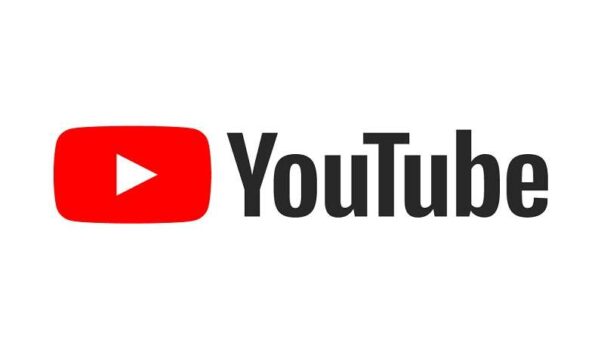YouTube has officially updated its advertiser-friendly content guidelines, giving creators more flexibility with strong language while maintaining full ad revenue.
According to YouTube’s Head of Monetization Policy Experience, the change was detailed in a video posted to the Creator Insider channel.
Under the revised rules, creators can now include strong profanities within the first seven seconds of their videos without losing full monetization privileges. The update aims to “align with broadcast standards” and respond to advertiser feedback that emphasizes separating ads from profanity rather than eliminating such content entirely.
YouTube clarified that this policy change is not an invitation for creators to increase profanity but rather a way for advertisers to better tailor their campaigns. As a result, brands can choose to display ads on content that fits their comfort level with language usage.
However, creators should note that video titles and thumbnails still must remain free of profanity. Any use of strong language in those areas will disqualify the video from receiving full ad revenue. This ensures that viewer-facing elements remain within community guidelines and suitable for all audiences.
Key Changes to YouTube’s Profanity Policy:
| Element | Previous Rule | New Rule |
| Profanity in first 7 seconds | Limited monetization | Full monetization allowed |
| Profanity in title/thumbnail | Not allowed | Still not allowed |
| Intent of update | Limit strong language | Align with ad preferences |
In a related update, YouTube is also rolling out an AI-powered age verification system for users in the United States. The new system uses machine learning to evaluate user behavior, such as watch history, search patterns, and account longevity, to determine age.
If a user is identified as under 18, YouTube will automatically activate age-appropriate features. These include stricter content filters, the disabling of personalized ads, and the activation of digital wellbeing tools designed to promote a healthier viewing experience for minors.
These changes reflect YouTube’s ongoing efforts to balance creator freedom, advertiser requirements, and user safety—especially for younger audiences.
